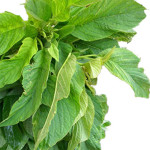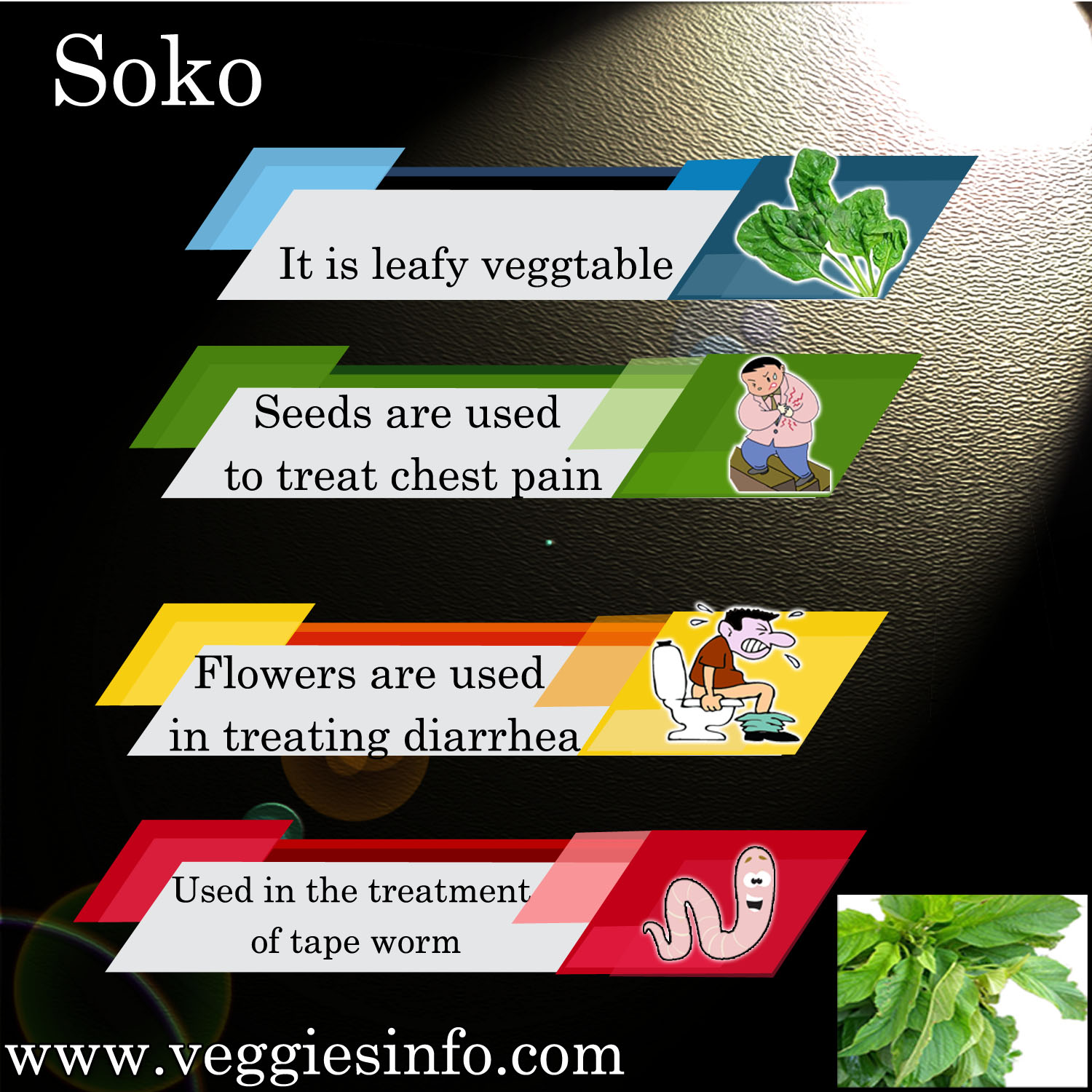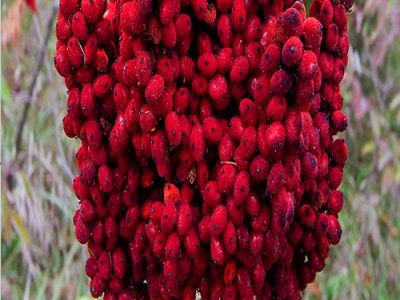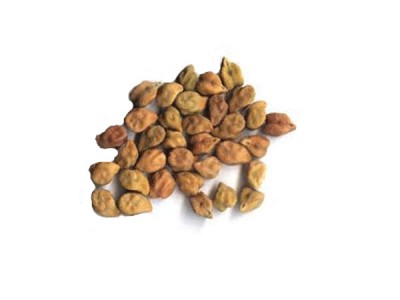
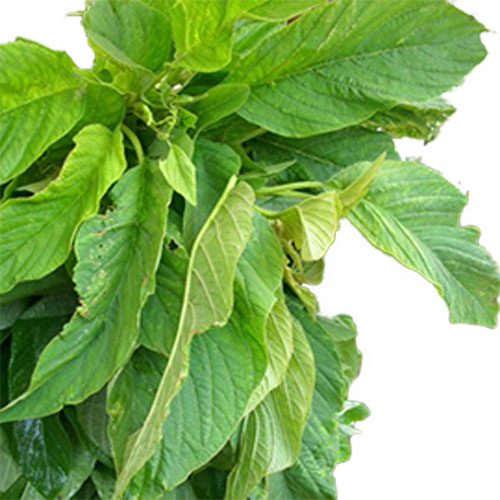
Soko aka silver cock’s comb
Soko
Plants and trees are a wonderful species which continues to do its duty non-stop day and night and reaches great heights in life. Most of the plants and trees that are found on the earth support other species living near to it. The climbing or creepers befriends other plants growing near to it and twins with it wonderfully. Human beings have to learn lots of lesson from this wonderful species. This topic will deal with a weed named soko which is popularly as lagos spinach, celosia, plumed cockscomb or silver cock’s comb. This colorful bright weed is herbaceous plant of tropical origin. The botanical name of this plant is Celosia argentea.
Properties
This beautiful bright color annual plant grows up to 2 ft in height. This plant grows wonderfully under full sunlight and prefers well-drained soil. This plant comes under Amaranthaceae family. The flowers bloom during mid-summer, late-summer, early fall and mid-fall. The colors that are generally found on the flowers are red, orange, yellow, violet, white and pink. The color of the foliage is medium green. The flowers stalks with upright spikes and the flower heads are feathery. The celosia argentea is a vertical flower that measures six inches to thirty-six inches. The spacing between each flower on the plant is between 6 to 10 inches. The stems and branches are strongly ridged.
Various Names Of Soko And Its Interesting Facts
- It is traditional fare in the countries of Central and West Africa, and is one of the leading leafy green vegetables in Nigeria, where it is known as ‘soko yokoto‘, meaning “make husbands fat and happy“.
- In Spain it is known as “Rooster comb” because of its appearance. As a grain, Cockscomb is a pseudo-cereal, not a true cereal.
- Indians and Chinese look at this plant as a troublesome weed.
For Cooking Purpose
These leaves, young stems and young inflorescences are used for stew, as they soften up readily in cooking. The leaves also have a soft texture and have a mild spinach-like taste. They are also pepped up with such things as hot pepper, garlic, fresh lime, and red palm oil and eaten as a side dish. The bitter leaf is a very important vegetable in Nigeria and it can be purchased in markets. These plants flourish well wherever it is grown. The bitterness of this plant can be removed by cooking it well. This plant is drought tolerant and can be grown in dry or water starved areas. The flowers are also commonly called as wool flowers.
Medicinal Uses
- The seeds are used for the treatment of chest pain while the flowers are used for treating diarrhea.
- It grows abundantly in the country of Mexico where it is called as velvet flowers since the flowers looks like velvet.
- This plant is also cultivated in many countries such as northern South America, tropical Africa, the West Indies, South, East and Southeast Asia where it is grown as a native or naturalized wildflower, and is cultivated as a nutritious leafy green vegetable.
- The celosia plants can be used for the treatment of intestinal worms such as tapeworms.
| Principle | Nutrient Value |
|---|---|
| Calories | 548 |
| Total Fat | 29 g |
| Saturated | 7 g |
| Polyunsaturated | 0 g |
| Monounsaturated | 0 g |
| Trans | 0 g |
| Cholesterol | 0 mg |
| Vitamin A | 0% |
| Vitamin C | 0% |
| Sodium | 1 mg |
| Potassium | 0 mg |
| Total Carbs | 53 g |
| Dietary Fiber | 5 g |
| Sugars | 2 g |
| Protein | 12 g |
| Calcium | 0% |
| Iron | 0% |

